What to Watch - The Stand 2020
by Mariah Beachboard, GGR Editor
an epic tale
Few writers get the opportunity to compete with different versions of their own work like Stephen King with his ginormous tale The Stand. The original 800 page novel in 1978 turned into a huge tome in 1990 when he added some 400 pages back into the story. And now the new 2020-2021 eight episode miniseries has an extended ending. Unfortunately, the new miniseries (NM) competes poorly with both the book and the 1994 original miniseries (OM).
In fact, Rotten Tomatoes says: “Despite an A-list ensemble and a smattering of poignant moments, The Stand's extended runtime doesn't make for better storytelling, leaving its expansive cast stranded in a cluttered apocalypse.” The Tomatometer is 57% and the Audience Score is an impressively low 23%.
Stephen King is a household name and millions of fans buy everything he touches, including me. What happened with this new adaptation?
To figure this out, I watched the OM. Then I reread the book, and researched interviews with the showrunners. Finally, I re-watched some of the NM episodes, with subtitles. With all these alternate versions of the same crazy, long story in my head, I discovered why audiences hate the new one, why the creators of the NM thought their changes were a good idea, and why the show will be remade again in the future.
spoiler-free review
Should you watch The Stand? Meh, maybe. If you like Stephen King and aren’t offended by thematic changes to his story, you’ll like the new series. If you feel his works are sacred and shouldn’t be changed, not even by King himself, then don’t watch it. Also, if you have PTSD from serving on the front-lines of the pandemic, avoid this series for a while. The show vividly depicts the effects of the plague, and includes a triggering scene inside a hospital overflowing with dying patients choking on their own sputum. (For my sincere judgement of the show, and why I think the story is still important, scroll to the very end of the article.)
original plot
1978 book jacket artwork
A plague called “Captain Tripps” wipes out 99% of the population and modern civilization. Immune survivors exist in shock and trauma, scattered across the U.S. They also have dreams. Randall Flagg sends them nightmares with temptations of power coupled with images of vermin chasing the dreamers. Mother Abagail’s God sends dreams of following her to safety and goodness. Mother Abagail’s followers meet her in Nebraska and then move on and meet more followers in Boulder, CO. Randall’s followers meet in Las Vegas. He gets the city up and running, with the ultimate purpose of flying a plane to Boulder to drop a nuke on Mother Abagail’s people.
Team Randall Flagg:
Lloyd Henreid is in jail because he did very bad things. He ends up resorting to cannibalism when all the guards die from the plague. Randall Flagg promises him power – and food – in exchange for his loyalty/soul. Trash Can Man is a pyromaniac who unwittingly delivers God’s justice in the end. Harold originally travels with Fran and ends up in Boulder. He later switches to the dark side and decides to murder a bunch of good guys for Randall Flagg, with the help of Nadine who is actually Randall’s bride-to-be.
Team Mother Abagail:
Fran (a giggly young adult with a new pregnancy) and Harold work together and leave their hometown of Ogunquit, Maine. Harold is a pimply, fat teen who has always loved Frannie, much to Frannie’s annoyance. Stu Redman is trapped in a CDC facility as they experiment on samples from his body and try to figure out why he’s immune. He eventually escapes and joins Mother Abagail in Boulder. Rock Star Larry escapes rotting NYC, and believes he’s a good-for-nothing who fails in all relationships. Nick Andros is a one-eyed deaf/mute with a heart of gold who just so happens to NOT believe in God, even though he ends up doing God’s work. He travels with Tom Cullen, a mentally impaired grown man who spells everything M-O-O-N and can’t read. They all meet up in Boulder.
Harold and Nadine plant a bomb in Boulder which kills Nick and some other people. Harold and Nadine flee Boulder. Harold dies on the way, and Nadine is deflowered by Randall Flagg in the desert. God tells Mother Abagail to send, on foot, four specific leaders from Boulder to face Randall Flagg and make their “Stand.” She prophecies that Stu Redman will “fall by the way.” He falls into a ravine and breaks a bunch of bones. The rest continue on. One of them is shot by Randall’s right-hand man, Lloyd Henreid. Larry and Ralph (a Native American) face death by dismemberment in front of everyone in Las Vegas in a big show. Just before the torture starts, the delusional Trash Can Man appears with a nuke to offer to his god, Randall Flagg. The hand of Mother Abagail’s God detonates the nuke right there. Stu Redman sees the explosion from the gulley where he “fell by the way.” Tom Cullen, another hero, helps him return to Boulder so they can tell witness to what they saw.
new ending
Anytime Stephen King puts out more material, I feel giddy. The new ending delighted me and includes the ending from the 1990 extended novel. Also, some of the writing changes in the NM are paid off with the new ending. After Las Vegas is wasted by the nuke, Fran and Stu leave Boulder with their baby and go back to Fran’s hometown in Maine. On the way, Fran falls into a well and is about to die. In a dream, she visits Randall Flagg in the island jungle where he’s going to recuperate and try to build up another apocalypse. He tempts her by promising to fix her broken head from the fall into the well in exchange for a kiss which will allow him to occasionally possess her. She refuses in spectacular fashion. Then her dream flips to Mother Abagail sitting on a porch at her family’s original homestead. (Of course you only know that’s where she is if you’ve read the book or watched the OM.) Mother Abagail talks about God and free will, and reveals that God will bless Fran because she withstood Flagg’s temptation. Fran wakes up in the well. A girl with supernatural powers emerges from the corn. She helps Stu rescue Fran and heals her.
If you look up Kendall Joy Hall, the actress hovering over Fran in the pic below, you discover she plays “Young Abagail Freemantle.” So either they time looped the characters, or Mother Abagail is reincarnated while also being an old woman who talks immediately before this scene in Fran’s dream. Honestly, I can’t figure it out.
Fran’s reward for withstanding temptation.
I found the whole scene very satisfying because the original story robs Fran of a direct confrontation with Randall Flagg. Unfortunately, this pay-off to the changes made earlier in the NM comes way too late for a lot of viewers.
How the new series ruined THE HEROINE AND VILLAIN
Now, as we all learned in Language Arts class, most great stories include a great hero and a chilling villain. King wrote two memorable characters to fit these roles: Randall Flagg and Mother Abagail. (That is, until she dies. Then Stu and Friends become the heroes.)
In the book and OM, Mother Abagail bakes her own bread despite her 108 years, and lives alone on family land in Nebraska. She exhibits inner strength and cunning despite her aged body. She talks about people having the free will to choose their path, even if the choice is to walk away from God. Most importantly, the Free Zone in Boulder is a place of rest and recovery. People have leeway, forgiveness, and the ability to rewrite the rules of civilization.
1994 Mother Abagail played by Ruby Dee
Meanwhile, Randall Flagg’s wicked smile and evil eyes terrify his followers. Here’s a description from the book from the perspective of some men are who evil enough already in their own right: “…that horrible grin wreathing his chops. Why it was so horrible none of them could have said, but when it turned your way you felt as if your blood had turned to hot tomato soup in your veins…”
The evil in that smile juxtaposed with the usual purpose of a smile is one of the most terrifying aspects of this character. And we love him for it. He’s just a frickin’ awesome villain. He’s got a cowboy attitude, with his “worn boot heels,” silver buckle, and jeans. He has all the characteristics of a charming renegade, but with demon powers and sadist intent.
Unlike Mother Abagail, Randall Flagg entices plague survivors to join his team with promises of power and privilege. He promises to get civilization up and running again. Once the choice is made (or forced upon you in some cases), you cannot change your mind. You must obey completely. Flagg can see everything and knows when people disobey the rules. Poor Hector Grogan, for instance, breaks the “No Drugs” rule, because he’s an addict. Flagg orders his minions to crucify the poor guy. In the book, King tortures the reader with concrete descriptions of Grogan’s agony. I can understand why they chose to leave this scene out of the 1994 miniseries. They did keep the “No Drugs” rule and simply showed the consequence with images of already dead bodies crucified on telephone poles.
Additionally, and pay attention because this is important, some of the leaders of Flagg’s group brag about how there are no drug addicts in their camp. They literally crucified all of them. There is no compassion under Flagg’s leadership. There is no true free will, and you must work to pay for your keep.
The NM portrays all of these factors very differently. Mother Abagail lives in a nursing home. She is surrounded by dead residents, and barely moves. She’s also a bit surly. Because they cut out the really endearing moments, the main impression is a bossy, cranky, holier-than-thou nut. And since she already lives in Boulder, CO, we never see her massive sacrifice of moving away from her family land to live in Boulder with the plague survivors. Then she asks the final four heroes to travel on foot across the mountains and desert to face the devil, and it seems like a bit much too much to ask. If you don’t already know the whole story, you might actually end up hating Mother Abagail. I feel sorry for Whoopi Goldberg because she has the acting chops to do the role justice. It’s too bad the NM treats the character so cheaply.
Now let’s talk about “The Walkin’ Dude” himself: Mr. Randall Flagg. In 1994, Jamey Sheridan knocked this role out of the park with a charming swagger and a devilish, crooked grin. He paired these characteristics with a slightly squinty eye. The combination creeped out so many fans in 1994.
That’s a killer smile, Mr. Flagg.
Compare this with the new Randall Flagg, played by Alexander Skarsgård.
"The Walkin’ Dude” in his denim duds.
This is the most “smiley” face I could find in a Google image search. Skarsgård only makes this face through the whole show. It’s not even a smile. The button on his jacket has a creepier smile. In fact, the graphic on the button occasionally winks, or has a “v” shaped mouth so it looks evil. Sort of.
As I tried to figure out this acting choice, I thought of my college acting professor who explained the difference between acting choices and directing choices, and how to tell the difference. The lack of wicked smiles in the new series seemed so deliberate and pervasive to me, that I believed the director must have told Skarsgård to never make an evil grin.
Turns out I was right, and not just in regards to the grin. Den of Geeks reports developer Ben Cavell as saying “It’s funny, the ‘no drugs in Vegas thing’ never made a lot of sense to us….I mean, just from Flagg’s general ethos, it never made a lot of sense to us. And we wanted to really dig in on what somebody like Flagg is genuinely offering. It was very important to us that Flagg never be evil with a capital E.”
They took away the villain-ness of the villain, just because the idea in the book didn’t make sense to them and they assumed modern audiences would want a metaphor for “modern” evil.
They really played up the new Flagg’s “anything goes” philosophy in the initial Las Vegas scenes. They filled those wide shots with fleshy white body parts, dressed in strips of black leather, writhing in various positions. I spent the whole time trying to figure out exactly what I was looking at in the background, and I totally missed a bunch of important dialogue.
This is a very tame view of what goes on. To read more about this problematic depiction of sexual activity in the NM, click here.
What a strange oversimplification of the threat Flagg poses and the hope Mother Abagail promises to humanity. In the book, he promises a mighty, structured purpose and overt, brutish power. Mother Abagail promotes noble, quiet servitude for your fellow man. The book dwells on the truth that the former enslaves the heart and the latter frees the heart. In changing Flagg’s philosophy for the NM, they change the stakes for everyone. The fact that Boulder, not Las Vegas, is a place of love and free agency is supposed to be the point. THAT’s the difference, which is removed when you change the villain’s temptations towards the heroes from power to sex and drugs. But I guess they didn’t think audiences today could handle that theme. I suppose that evaluation also led to the reduction of Mother Abagail’s power and sacrifice.
It reveals a patronizing attitude towards viewers: “You’re only gonna watch this if we promise sexy stuff.” Come on, now. People are smarter than that, and the audience score of 23% shows they are not impressed with the boobs and butts.
Here’s one other weird quirk in the writing for the NM: details in many of the scenes refer to the book, but they’re lost on the viewer unless they’ve just recently read it. Remember that the Randall Flagg in the book and the OM forbade drugs? And Hector Grogan endures crucifixion because he’s a drug addict? In the NM, a person drives into Boulder in a fancy car and a Las Vegas key ring. When he falls out of the car, you see he was recently crucified. He’s able to explain that he was crucified for the crime of trying to escape. Because of this, I didn’t assume he was Hector Grogan, especially because the book’s “Heck” is left to die on the cross. Unless you turn on closed captioning while watching the NM, you don’t know that this character is meant to be the Hector Grogan from the book. Never once do we hear another character call him Hector Grogan. But if you watch with the captions, you see “Heck: blah blah blah.” (Okay, so he doesn’t actually say “blah blah blah.” I just didn’t feel like going back to find that part and quote it perfectly for you.)
Critics dub Hector Grogan as “Ferrari Guy.”
Also, after Fran’s father dies, the book fixates on a slice of cake she serves herself but doesn’t eat. She’s too lost in shock and grief. In the NM, we see frequent close-ups of a slice of cherry pie that eventually entertains some hungry flies because she never eats it. She’s too shocked and suicidal. It seems like an awful lot of trouble and time to fixate on a very small “slice” of life for so little reward. They should have focused on making the series fit within an episodic framework and deliver more frequent pay-offs in the writing.
CASTING CHOICES
Most of the actors performed superbly. Odessa Young (Fran Goldsmith), Jovan Adepo (Larry Underwood), and Owen Teague (Harold Lauder) stood out to me as profoundly talented actors. There’s a desperate and emotional scene between Fran and Harold in the basement of Harold’s house in Boulder. It reminded me of the stakes both characters face and how deeply they actually care about each other.
Odessa Young created a believable performance, and made me care about Frannie.
Adepo did an outstanding job, and I plan to look up his other work. He can tell you so much about his character’s feelings and motivations just by a subtle change in his stance. I loved watching him. And thank God they cast Larry as a Black man. In the book and the OM, Larry Underwood has a song hit the charts right at the beginning of the plague. Racial comments are made by his mother about the R&B influence in his sound. The NM removed that unnecessary harm by casting Larry as a Black man.
More Adepo please.
As for Owen Teague, they should have just cast him as Randall Flagg. The smile he develops as he becomes more evil made me shudder. However, just once, I’d like them to cast an actual overweight person for the role as it’s written in the book. Why Hollywood is scared of casting young people who aren’t skinny in roles that are written for overweight young people is beyond me.
Harold has a face even his mother could fear.
My favorite character rewrite was of Ralph Brenter, a Native American character in the book and one of the last two heroes who Stand up to Flagg. In the NM, the role is rewritten for a female Native American, and is played exceptionally well by Irene Bedard, an Iñupiaq-Cree woman. Seriously, I crushed on this character. She’s a badass with a genuine response to impending death. And thank God they finally include a woman in the final faceoff with Evil in Las Vegas. (You can read more about Irene Bedard’s career here.)
Now let’s talk about how they royally screwed up the casting of characters with disabilities.
Deafness:
When producing a show with an important character like Nick Andros who is written as Deaf, please cast a Deaf actor. In an interview with director Josh Boone, Deaf actor Jared Perez-DeBusk asked why Henry Zaga (a hearing person) plays the role of Nick Andros in the NM. Boone defends the decision to forego casting a Deaf actor, because Nick talks to Mother Abagail in a dream. In the entire NM, they have only ONE scene in which Nick speaks in a dream to Mother Abagail. ONE! The writing and casting choices surprised me because the OM and the book feature an additional conversation in a dream with Tom Cullen, after Nick has died. The NM excludes that extra interaction.
What they should have done is cast a Deaf actor as Nick. Then rewrite the scene with Mother Abagail, “the servant of God,” so that she perfectly understands Nick’s beautiful signing. Then have her sign back to him. This would have been a constructive representation. To portray speaking as the only “heavenly” method of communicating erases the beauty and the validity of sign language. What a missed opportunity!
Mental Impairment:
In a past career, I served as a regular substitute teacher and aide in special education rooms at a local elementary school. Some of my favorite students had autism. There are few traits that are common in many children with autism, especially when they are near someone they really like. When I saw Trash Can Man (a destructive, disgusting pyromaniac) display some of these mannerisms with his god, Randall Flagg, my stomach turned. Then I felt angry when Fran calls Joe (a small child who tries to stab people) autistic.
These portrayals may not seem like a big deal if you haven’t read the book. Trust me when I say these deliberate choices are a big deal. In the book, these two characters are not explicitly autistic at all. In fact, Joe is actually a twelve year old who has a supernatural understanding of evil and is a music prodigy. He also responds to the trauma of the plague with selective mutism and by attacking people he doesn’t know with a knife. Trash Can Man endures trauma throughout his entire childhood and horrible treatment in a psychiatric facility. He isn’t autistic at all.
The NM flirts dangerously with stereotyping people with autism as dangers to society. Representation matters, especially when it portrays a group of vulnerable people as dangerous.
COSTUMES & HAIR
I dig the costumes. Except for the black leather banana hammocks CGI’d into the wide shots in the Las Vegas hotel scenes. I could have done without those. Also, the expert hair dressing actually distracted me from many scenes. It was that good.
The trial scene intrigued me, and gave us more time to watch Rat Woman.
MAKEUP
Not impressive. In fact, when Nadine appears fully pregnant with demon spawn, I thought, “Oh! They went to the Halloween supply store.”
Trick or Treat!
special effects
Nifty. I especially enjoyed the fog in the Las Vegas hotel and the ball of lightning. Dope as hell.
Pretty satisfying Hand of God stuff right here.
let’s wrap it up
When you write a new adaptation of a grand epic tale about a massive apocalypse and subsequent war between Good and Evil, don’t weaken your heroes and villains. Don’t lower the stakes. Don’t soften the effects of characters’ choices. If you do, you have a lame story which everyone will compare to the original. It doesn’t matter if you have fancy new effects at your disposal, or even exclusive new content from the original author. No one cares, because they only think about how you castrated one of the best villains ever written, and how you rendered a Black female character unnecessary. Do better.
That being said, at least Stephen King and his son Owen re-told the story. The allegory is still relevant. We’re still in a fight between good and evil, and every day we choose whether or not to stand and who we stand for. We have to choose between power and truth. This is why the story will be remade, and why I’ll watch it when they do.

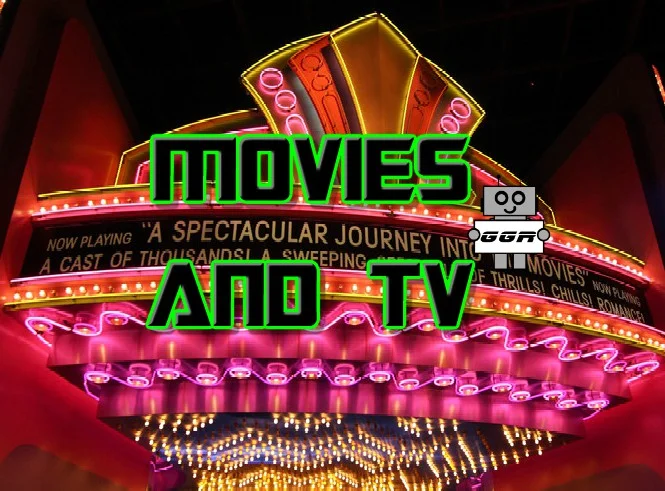




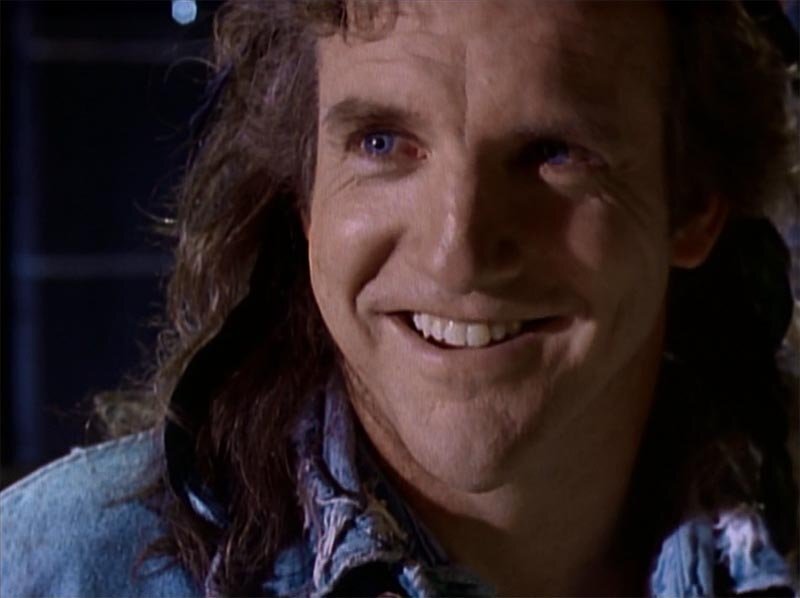
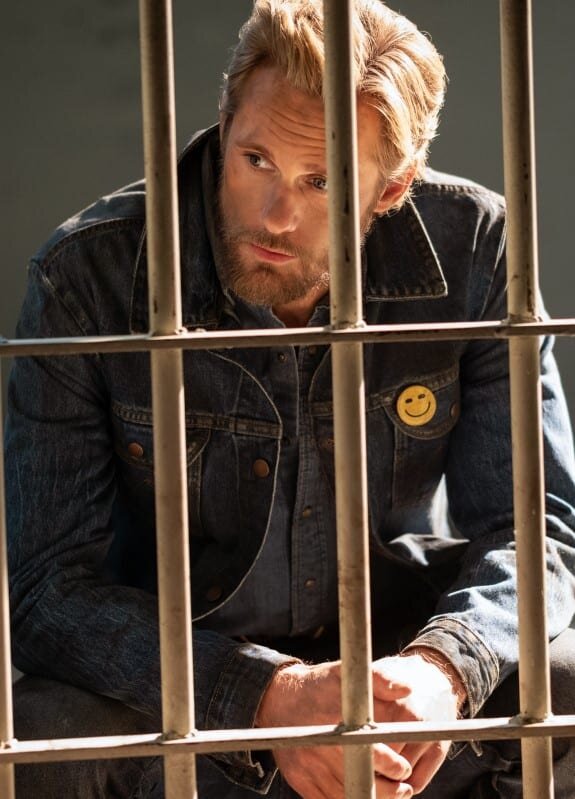














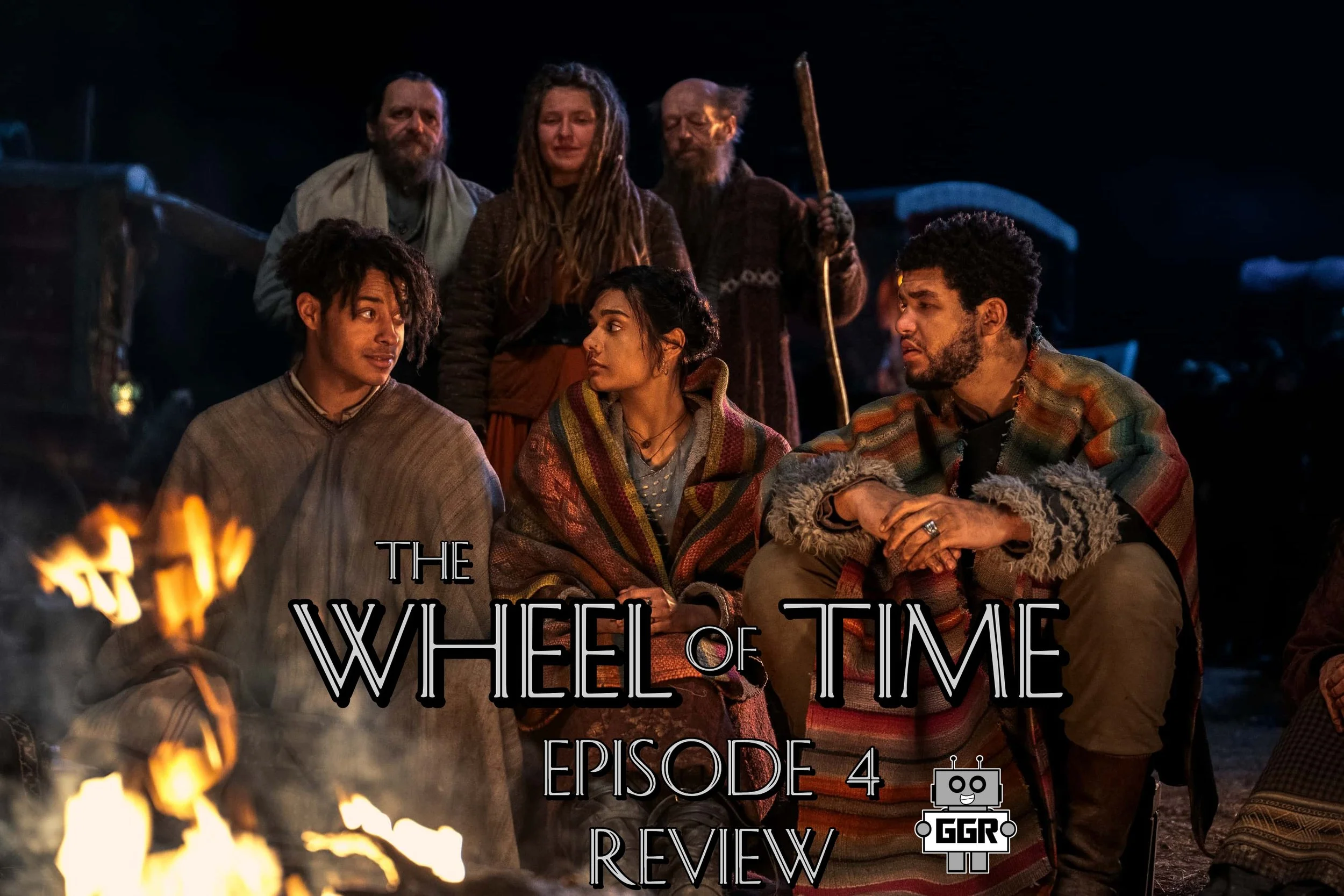
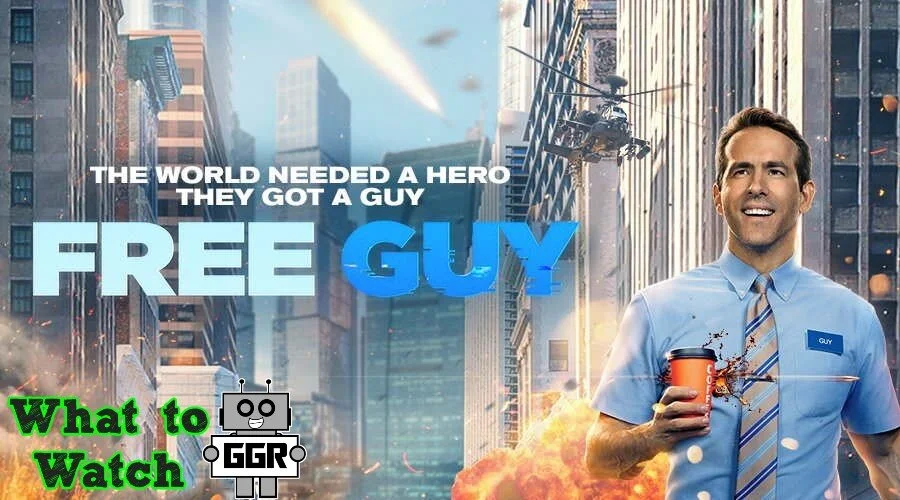

Chelsea House reviews the exciting finale of House of the Dragon. Who’s side do you chose? Spoilers beware!